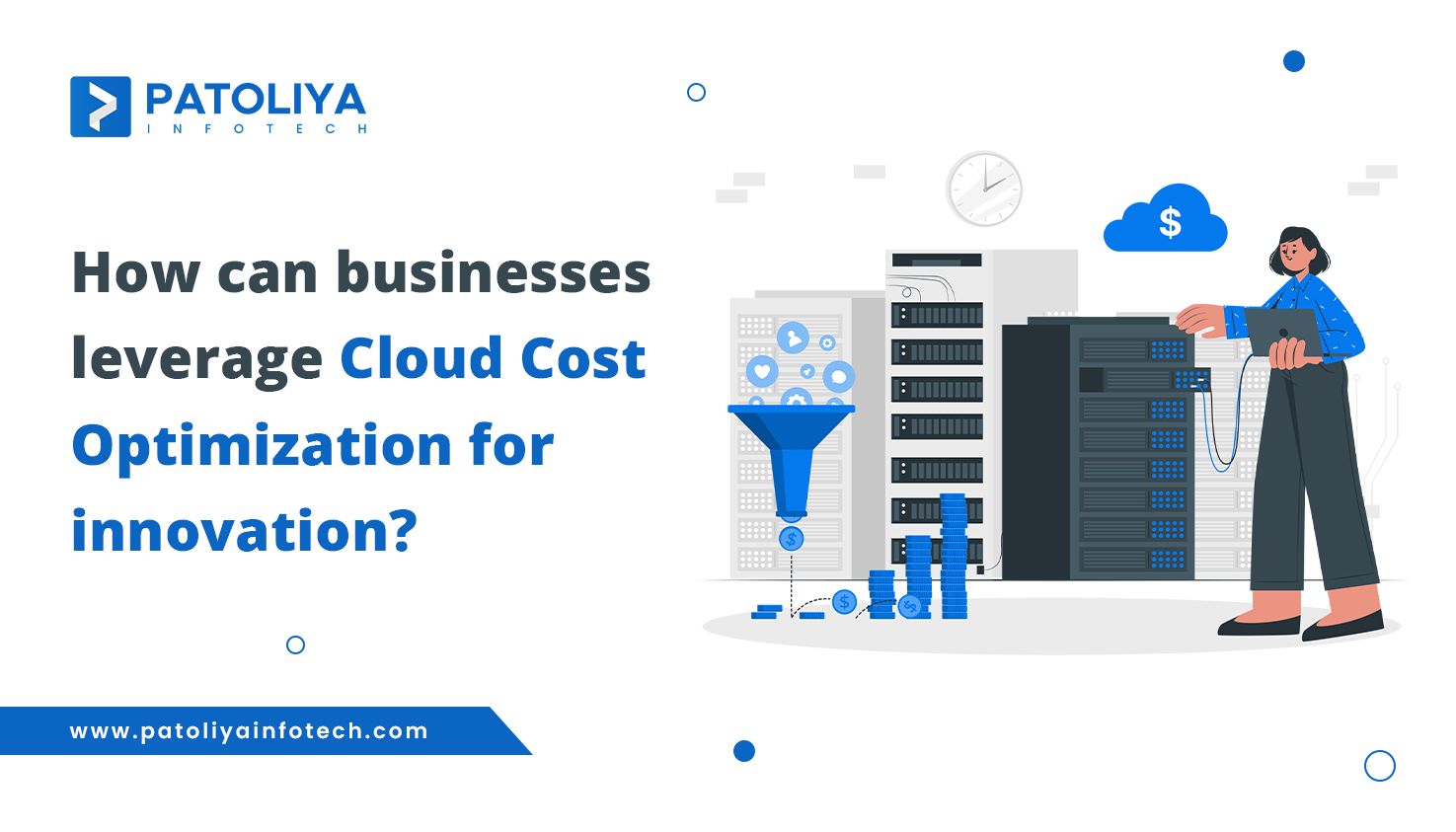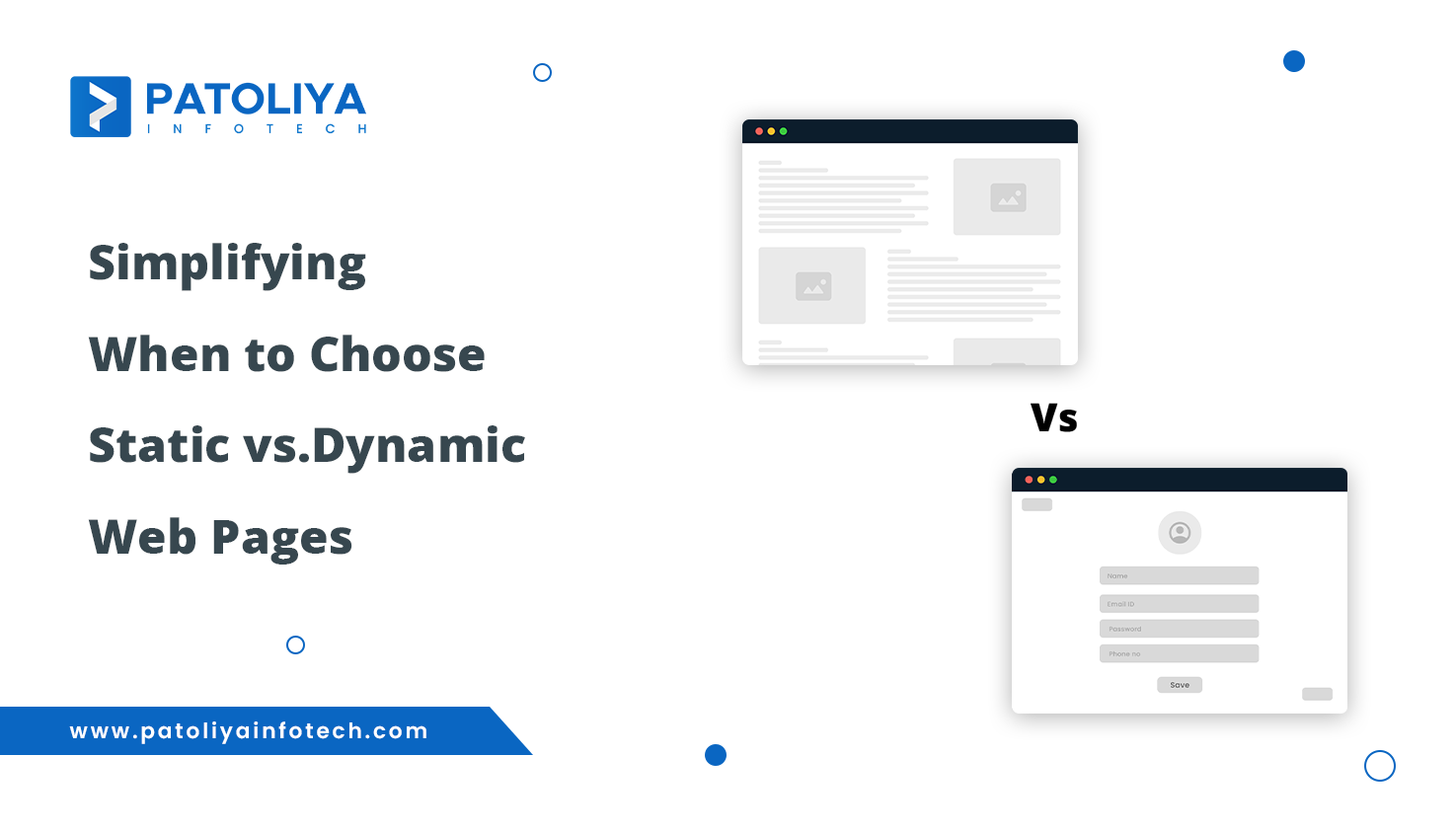Why is cloud cost optimization crucial for attracting top IT talent?

Business processes are now being changed by cloud computing, and by 2026, it is projected that the cloud industry will have grown to over $1 trillion. This amazing expansion highlights how important the cloud is to company strategy and innovation. Businesses are able to attain unparalleled levels of efficiency and scalability because of trends like edge computing and multi-cloud strategies, which are pushing the limits of what is possible.
This makes cloud cost optimisation an important tactic, not only for financial savings but also for reallocating resources to other significant areas, including attracting and retaining top IT talent. Effective cloud cost management will become a strategic priority in 2024, rather than only an operational responsibility.
Let's examine how a highly qualified workforce and technological efficiency may be promoted by good cloud financial management. Come along with us as we negotiate the cloud cost environment of 2024 and turn cost effectiveness into a driver of innovation and top talent acquisition.
What is Cloud Cost Optimization?
Cloud cost optimization involves many steps to ensure optimal utilization of your cloud resources. Reducing costs and maximizing the return on your cloud investments are equally crucial. Businesses that carefully assess and adjust resource allocation can ensure that they only pay for what they need while maintaining or even improving performance.
Experience unmatched agility and scalability through cloud migration.
Why Is Cloud Cost Management Needed?
The cloud revolution has totally changed the way businesses operate due to its unparalleled scalability and agility. However, there are still a lot of issues with effectively managing cloud expenditures.

The reasons that cloud cost optimisation should be a top priority for every business are as follows:
- Businesses can grow up or down resources as needed in a dynamic environment that cloud services offer. But if you don't manage this flexibility, it might cause unanticipated expense increases. Proactively detecting and removing inefficiencies before they have an effect on your revenue is how cloud cost optimisation works. Consider it a way to create boundaries on your cloud expenditure so that costs are kept in line with real business requirements.
- Increased return on investment (ROI) has a strong connection with every dollar saved on cloud expenditures. You may use cloud cost optimization to find underutilized resources or ineffective pricing schemes that are eating up your cloud budget. Then, these savings may be used towards strategic projects like creating cutting-edge goods or breaking into untapped areas that result in quantifiable company development.
- Proactive management and constant cost monitoring are encouraged by cloud cost optimisation. This data-driven strategy makes sure that cloud expenditure is predictable and that resource allocation decisions are made with knowledge. Gaining visibility into your cloud infrastructure helps you make long-term financial decisions and adjust to shifting business requirements.
- One important distinction is operational efficiency. Your ability to optimize cloud expenses gives you a major competitive edge over less efficient competitors. It's like having a hidden ace as you can grow your service offerings or make investments in state-of-the-art technology without having to pay more for the cloud. This enables your company to provide clients with better value and respond more quickly to market demands.
- You may learn a lot about your cloud consumption habits through cloud cost optimization. With relation to task distribution, pricing strategies, and resource selection, this data enables well-informed decision-making. To maximize both performance and cost, you may find opportunities to migrate workloads, use cost-effective pricing structures, and properly size your resources.
Unlocking the full potential of your cloud investment is the goal of cloud cost optimisation, not only decreasing expenses. Your cloud environment may be turned from a possible financial burden to a strategic asset that stimulates innovation, propels business expansion, and offers a long-term competitive advantage by putting a solid strategy into place.
Three Essential Methods to Cut Cloud Expenses:
Right-Sizing Resources:
Reducing cloud expenses through resource scaling is one of the best strategies available. In order to meet the real workload needs, you must regularly monitor and modify the amount of your cloud instances.
If you supply too little, you risk performance problems, but if you provision too much, you lose resources. Make use of automated technologies that enable you to dynamically scale your resources according to data on actual consumption.
Utilizing Reserved Instances:
Reserved instances provide considerable cost savings over on-demand pricing for workloads that are predictable. Businesses may save up to 75% compared to on-demand charges if they commit to using cloud services for a term of one or three years.
Planning ahead and having vision are essential in this situation since they will enable you to fully use the savings by determining your long-term cloud demands.
Leveraging Cost Management Tools:
Businesses may efficiently control their cloud expenses with the aid of several technologies. These technologies enable thorough analysis of spending trends, point out inefficiencies, and make optimisation suggestions.
AWS Cost Explorer, Azure Cost Management and Billing, and the cost management tools offered by Google Cloud Platform are popular choices. They all have special features designed for their own platforms that make it simpler to manage costs and maximize use.
Using Cloud Savings to Hire the Best Tech Talent:
Beyond only lowering costs, cloud cost optimization has other advantages. You may carefully reallocate these savings to improve your efforts at hiring new employees. Attracting and keeping top personnel is essential to success in the fiercely competitive IT sector. The following are some ways that reduced cloud expenses might improve your talent acquisition plan:

- Competitive Salaries: Make the most of the savings by providing competitive pay packages that will entice top talent to join your company.
- Professional Development: Invest in programmes for ongoing learning and improvement to assist your staff in staying up to date on the newest innovations and fashions.
- Innovative Projects: Invest money in innovative and stimulating initiatives that will inspire and engage your tech staff while also pushing the limits of innovation.
Strategic Talent and Innovation for Agile Business Growth:
Business development is promoted by the potent combination that is created when cost management and talent acquisition interact. A team of knowledgeable experts and a well-managed cloud infrastructure allow companies to:
- Accelerate Time-to-Market: Quickly provide innovative goods and services to obtain a competitive advantage.
- Enhance Customer Experience: Always be coming up with new ideas to meet and beyond client expectations.
- Drive Sustainable Growth: Create an organization that is flexible and robust so it can handle upcoming obstacles.
2024 Cloud Tools Overview:
Looking ahead to 2024, a few cloud cost management solutions stand out for their efficiency and usability:
- AWS Cost Explorer: Provides organizations comprehensive information on AWS expenditure trends, which they may use to estimate future expenses and find areas for cost reduction.
- Azure Cost Management and Billing: Allows customers of Azure to track and minimize their cloud expenses by providing extensive cost analysis and planning capabilities.
- Google Cloud Platform's Cost Management Tools: comprises functions including budget warnings, comprehensive cost reporting, and suggestions for cost optimisation.
These are essential resources for companies looking to maximize their cloud spending and redirect the savings to strategically important areas of expansion.
Conclusion:
Cloud cost control will be more important than ever in 2024. Businesses may save costs and reallocate funds towards hiring top IT talent by putting advanced technologies and critical cost-saving measures into practice. By fostering creativity, adaptability, and long-term growth, this strategic approach will set up businesses for success in a market that is becoming more and more competitive.
The goal of cloud cost optimization is to reinvest those savings back into your company's most valuable asset: its workforce. You can build a vibrant, creative, and adaptable company that is prepared to take on the possibilities and difficulties of the future by putting equal emphasis on talent acquisition and cost efficiency.


